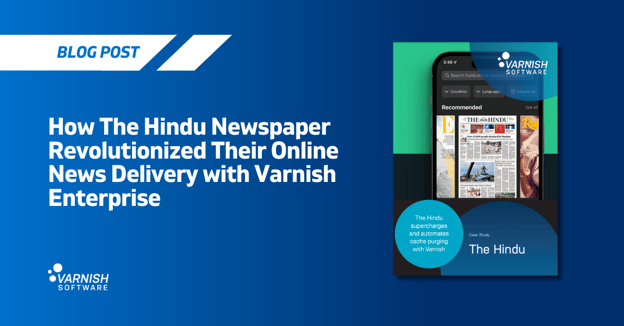What happens every four years and drives media traffic sky high?
No, this is not the windup to a joke with a lame punchline. Instead it’s a warning about how much your website traffic can spike when big news events – like the US presidential election results – occur.
During the last US presidential elections in 2008 and 2012, media outlets everywhere ramped up their scalability. With blurred lines between straight online news and multimedia and mobile traffic, and a growing amount of coverage across platforms and media, scalability is key.
How do you scale when you’ve got constantly changing data and information and need to serve it up fast to potentially tens of millions of people? Election returns and results come in constantly, meaning that the homepage is being refreshed with new content constantly as well. Readers and viewers expect to see the most up-to-date news right now.
Alongside other major (as well as smaller) media outlets, the New York Times saw traffic to their NYTimes.com page skyrocket during the 2012 election to unforeseen and unpredictable levels (75 percent higher than 2008 levels); it also turned out to set traffic records for their mobile apps.
NYtimes.com’s normal daily peak is ~75,000 requests/second (primarily APIs) and HTML traffic is ~4,000 requests/second. This is major enough, but traffic spikes can be up to 4x that amount during a breaking-news event. Then consider that 2012 election-night traffic generated NYTimes.com’s biggest spike to date: 10x normal.
Not just for the big kids
Of course the big media players need iron-clad scalability and availability - NYT and, for example BBC during their Olympics coverage - but when it comes to big, unusual or exclusive events, sometimes smaller players and niche sites are exactly the place people go to seek out more specialized or specific information.
A good example of this is Paper Magazine’s infamous Kim Kardashian spread. They knew they were in for an avalanche of traffic and got ready. They predicted upwards of 100 million page views. How do you prepare for that? Paper Magazine, like the big players, used Varnish.
Another example is Surfline.com, which under normal circumstances uses its extensive live HD camera network to offer information on surf, fishing and marine conditions. This doesn’t sound like a website with the potential to break news or break down… but reach of Surfline’s live visuals makes the site a go-to destination for up-to-the-minute info on dramatic weather events (hurricanes, tropical storms tsunamis, massive swells, among others). These audiences sometimes include mainstream media outlets who do not have the same kind of on-the-ground visual access to events as they unfold. 2014’s Hurricane Marie led to a 200 percent increase in traffic to Surfline. They were prepared.
Do you know what kind of traffic volume you might get and, more importantly, what you’re ready for?
Without the right preparation these kinds of surges are what brings unprepared websites to their knees.
The New York Times has recognized the value and importance of caching to being ready for anything. Don’t let, as they’ve aptly cautioned, news break your servers.
Varnish Software can help you scale for anything.
HOW?
-High-performance content delivery no matter the level of traffic
-Cache almost everything but have granular level control over cache and cache invalidation
-Ensure uptime and that last-known-good is always available, even if the unthinkable happens and the site goes down. Your audience still sees the last working version of the page – no waiting, no lag, no errors
-Deliver uncompromising user experience
Ensure your audience gets the content they need when they want. Be ready for anything. Contact us or register now for a free Varnish Plus trial.
Image (c) 2007 Stephen Donaghy used under Creative Commons license.
/VS-logo-2020-197x60.png?width=136&height=60&name=VS-logo-2020-197x60.png)




